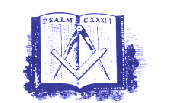
Symbols of the
Entered Apprentice Degree
The symbols, emblems and allegorical ceremonies of the First Degree each have a meaning; taken together, these meanings comprise the teaching of the Degree. Our purpose here is to give you some of the information, which will show that every detail of the ritual is filled with a definite significance that each Mason can learn if he applies himself.

The
Hoodwink represents the darkness in which an uninitiated man stands as regards his Masonic life; for this reason it is removed at the moment of enlightenment. Its removal makes us aware of goodness, truth, and beauty.
The
Cable Tow is a symbol of all those external restraints by which a man is controlled by others, or by forces outside himself. If a man does not keep the law of his own free will, he must be compelled to keep it by compulsion. The removal of the Cable Tow means that when a man becomes the master of himself, he will keep the law as a matter of moral right.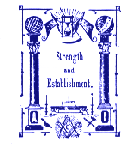
The
Lodge is a symbol of the world, initiation means birth, and the Great Pillars signify entrance into a new kind of life. The Sharp Instrument means, among other things, that which is the only real penalty for violating the Obligation. The Rite of Circumambulating means that the Masonic life is a progressive journey, from station to station of attainment, and that a Mason will always be in search of more light. Approaching the East is significant, because the East is the source of light.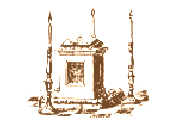
The
Altar is the most important article of furniture in a Lodge room and a symbol of that place which the worship of God holds in Masonry - a place at the center, around which all else revolves. The Obligations have in them many literal meanings and as such are the foundations of our disciplinary law. But over and above this, they signify the nature and place of obligation in human life.
The
Great Lights are the Holy Bible, the Square, and the Compasses. As a Great Light, the Holy Bible represents the will of God, as man understands it; the Square is the physical life of man under his human conditions; the Compasses signify the moral and spiritual life. If a man acts in obedience to the will of God, according to the dictates of his conscience, he will be living in the illumination of the Great Lights and cannot go astray.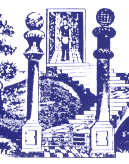
The
Rite of Salutation in which the candidate salutes each station in turn is, in addition to its function as a portion of the ceremonies, also a symbol of a Mason's respect for and obedience to all duly constituted authorities. The Old Charges state this is a single sentence: "A Mason is a peaceable subject to the Civil Powers wherever he resides or works." The same significance is had by the office of Worshipful Master, who is a symbol as well as the executive officers of the Lodge. As the sun rules the day, he rules and governs his Lodge. His title, "Worshipful", means that he is worthy of reverence, respect, and obedience.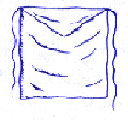
The
Apron is at once the emblem of purity and the badge of a Mason. The lesson of Charity is to impress upon the candidate the importance of showing compassion toward his fellow man.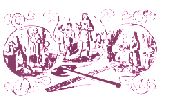
The
Working Tools represent those moral and spiritual virtues, which should govern our conduct. The Northeast Corner is traditionally the place where the cornerstone of a building is laid. When the Apprentice is made to stand there, it is because he is the cornerstone of the future Craft.The Entered Apprentice is himself a symbol, one of the noblest in the whole emblematic system of the Craft. He represents youth, typified by the rising sun; but beyond that, he represents educated youth, youth willing to submit itself to discipline and to seek knowledge in order to learn the great Art of Life.